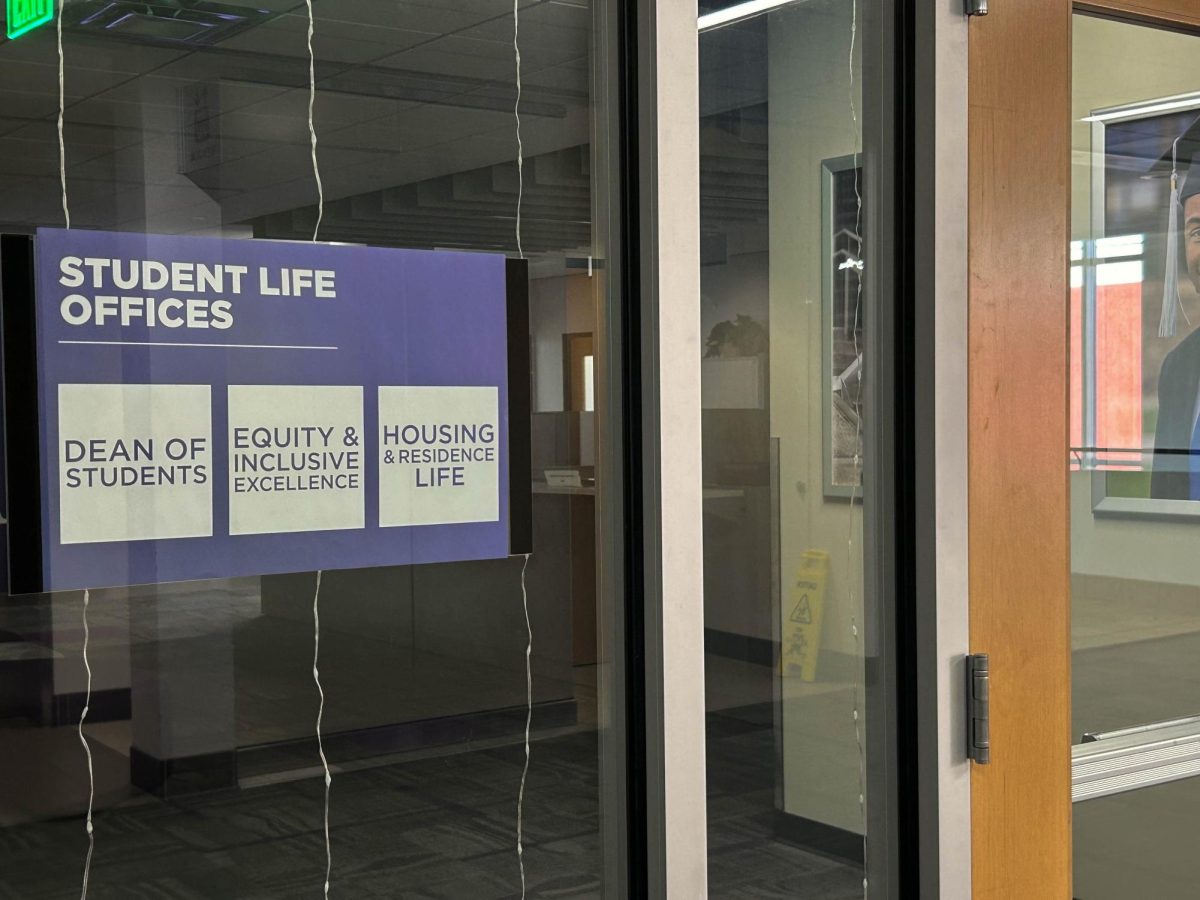Marcie Ratliff/Winonan
Whenever the science fair kids come to Winona State, I always get a little nostalgic, because I used to be right up there with the nerdiest of them, dressed in a polo and a navy blue skirt I was convinced made me look older and smarter, sporting a professional name tag, standing in front of an hours-in-the-making color-coordinating-cardstock display board.
Oh, I traded science jokes with the judges. I handed out abstracts like they were candy. I used exclamation points liberally. I smiled and gave firm handshakes and dispensed my knowledge to the world.
I even went so far as to attend the Minnesota State Science Fair twice, and the majority of the deposits to my savings account as a middle- and high-schooler were thanks to science fair prize money.
It’s quite a lucrative enterprise, if you can have a unique idea ($300), use the metric system ($50) and be of some small interest to the armed forces ($100).
However, in reality my projects were nowhere near groundbreaking. They were merely my own forays into the world of physical science, where I could confirm constants and theorems related to, for example, how fast pendulums swing and what makes springs springier.
For the former project, I found that the length of the pendulum determines how long it takes to swing back and forth. Angle and weight have nothing to do with it, at smallish angles, because gravity’s acceleration is constant. (It gets complicated with largish angles, so I skipped that part.)
Basic now, but when I was 12, this was the stuff of Einstein.
When I was 14, I did the project about springs, where I found that if you cut a spring in half, it becomes twice as resistant to stretching.
I then suggested that such research, dating back to Hooke’s law from the 1600s, could be useful in evaluating strands of DNA, which are shaped like springs.
All this was a bit far-fetched, but it was the world where hanging weights on springs met a fertile 14-year-old imagination, so anything was possible.
In addition, the science fair was to me a great bastion of selfhood, where terms like “simple harmonic motion” and “F=kx” were not seen as awkward but as intelligent conversation pieces one could use with (gasp) adults.
At some point in middle school, being smart stops being cool. It’s cooler to be a slacker, to take yourself seriously in every way except at school and to push toward or away from social norms as far as you can.
Science fair flies in the face of coolness. It creates its own cool space, where kids, like those who came to campus last week, can feel good about problems they have solved and questions they have answered.
And of course, as Bill Nye the science guy could tell us (favorite show, anyone?), science rules.
Contact Marcie at [email protected]


























































